Home>Furniture & Design>Outdoor Furniture>How To Make Outdoor Stairs Less Slippery
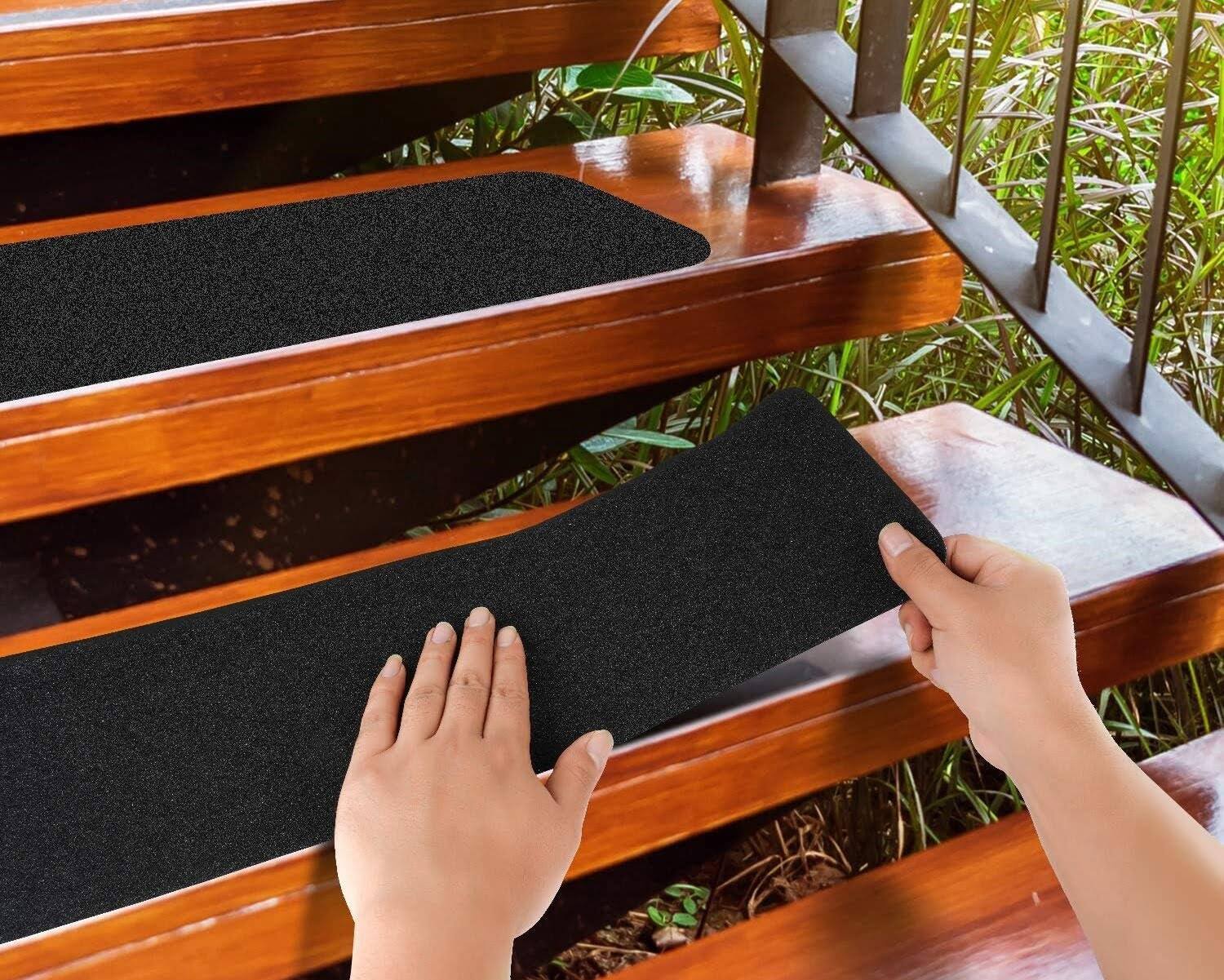

Outdoor Furniture
How To Make Outdoor Stairs Less Slippery
Modified: February 23, 2024
Learn effective ways to reduce slipperiness on outdoor stairs with our expert tips and solutions. Enhance safety and style with our outdoor furniture and design ideas.
(Many of the links in this article redirect to a specific reviewed product. Your purchase of these products through affiliate links helps to generate commission for Storables.com, at no extra cost. Learn more)
Introduction
Welcome to the world of outdoor living! Whether you have a cozy porch, a spacious deck, or a sprawling patio, creating a safe and inviting space is essential for enjoying the great outdoors. One crucial aspect of outdoor spaces that often goes unnoticed until an accident occurs is the condition of the stairs. Slippery outdoor stairs can pose a significant safety hazard, especially during wet or icy conditions. However, fear not! With the right knowledge and approach, you can make your outdoor stairs less slippery and ensure a secure passage for you, your family, and your guests.
In this comprehensive guide, we will explore various strategies to mitigate the slipperiness of outdoor stairs. From assessing the problem to choosing the right materials, adding traction, and maintaining the stairs, we will cover everything you need to know to enhance safety without compromising on style. So, let's dive in and discover how to transform your outdoor stairs into a secure and stylish feature of your outdoor living space!
Key Takeaways:
- Choose the right materials like pressure-treated lumber or textured concrete to make outdoor stairs less slippery. Consider durability, weather resistance, and finish for enhanced safety and style.
- Regularly maintain outdoor stairs by keeping them clean, inspecting for damage, and applying non-slip coatings. This ensures long-term safety and functionality for a secure and stylish outdoor space.
Read more: How To Make Outdoor Steps Less Slippery
Assessing the Problem
Before delving into solutions, it’s essential to assess the factors contributing to the slippery nature of your outdoor stairs. Understanding the root causes will guide you in implementing effective and long-lasting remedies.
Firstly, consider the material of your stairs. Are they made of wood, concrete, stone, or another material? Each material has its own characteristics that can impact its slipperiness. For instance, wooden stairs may become slick when wet, while concrete stairs might accumulate algae and moss, leading to a slippery surface. Identifying the specific challenges posed by your stairs’ material is the first step in devising a tailored solution.
Next, evaluate the design and construction of the stairs. Are they adequately sloped to allow water to drain off, or do they tend to pool water, creating a slippery surface? Additionally, inspect the condition of the stairs. Are there any cracks, uneven surfaces, or loose elements that could contribute to the risk of slipping?
Furthermore, consider the environmental factors that impact the stairs. Do they receive direct sunlight, or are they predominantly shaded? Shaded areas are more prone to retaining moisture, promoting the growth of algae and mold, whereas sun-exposed stairs may become hot and slippery in certain conditions.
Lastly, assess the typical weather conditions in your area. Do you experience frequent rain, snow, or ice? Understanding the prevailing weather patterns will help you select solutions that are suitable for your specific climate.
By thoroughly assessing these factors, you will gain valuable insights into the unique challenges posed by your outdoor stairs. Armed with this knowledge, you can confidently proceed to select the most appropriate strategies to make your outdoor stairs less slippery.
Choosing the Right Material
When it comes to mitigating the slipperiness of outdoor stairs, selecting the right material is a crucial first step. The material you choose will not only contribute to the aesthetic appeal of your outdoor space but also play a significant role in enhancing safety and durability.
For wooden stairs, consider using pressure-treated lumber, cedar, or other wood species known for their natural resistance to moisture and decay. Additionally, you can opt for composite decking materials that mimic the look of wood while offering superior resistance to moisture and slipping. These materials are available in a variety of finishes and colors, allowing you to achieve the desired aesthetic while ensuring a safer surface for your stairs.
If your stairs are made of concrete, explore the option of applying a textured concrete coating. This not only enhances the visual appeal of the stairs but also provides a rougher surface that offers improved traction. Alternatively, consider incorporating decorative aggregates or non-slip additives into the concrete mix during installation to create a slip-resistant surface.
For stone stairs, selecting a naturally textured stone, such as slate or rough-hewn granite, can significantly reduce slipperiness. These materials offer inherent traction due to their surface characteristics, making them an ideal choice for outdoor stairs.
Regardless of the material you choose, it’s essential to prioritize durability and weather resistance. Selecting materials that can withstand the elements and maintain their slip-resistant properties over time will ensure long-term safety and functionality.
Furthermore, keep in mind that the color and finish of the material can also impact its slip resistance. Lighter colors tend to reflect more heat and may be less prone to becoming excessively hot and slippery in sunny conditions. Additionally, matte or textured finishes generally provide better traction than smooth, glossy surfaces.
By carefully considering the material for your outdoor stairs and exploring the available options, you can create a secure and visually appealing staircase that enhances the overall safety and charm of your outdoor living space.
To make outdoor stairs less slippery, consider applying a non-slip coating or adding non-slip treads to the steps. This will provide better traction and reduce the risk of slipping.
Adding Traction
Enhancing the traction of outdoor stairs is a key aspect of making them less slippery. Whether your stairs are made of wood, concrete, or stone, there are various strategies to increase traction and reduce the risk of slipping, especially in wet or icy conditions.
One effective method for adding traction to outdoor stairs is the application of non-slip coatings or paints. These specialized coatings are designed to create a rough, textured surface that improves grip and minimizes the risk of slipping. Available in a range of colors and finishes, non-slip coatings can be applied to various materials, including wood, concrete, and metal, providing a versatile solution for enhancing traction.
For wooden stairs, consider installing non-slip stair treads or applying non-slip adhesive strips. These products are designed to provide a grippy surface that reduces the slipperiness of the stairs, offering an affordable and easy-to-install solution for improving traction. Additionally, non-slip rubber mats or outdoor carpeting can be used to cover the steps, providing a comfortable and slip-resistant surface.
When it comes to concrete stairs, incorporating textured finishes during the pouring and finishing process can significantly enhance traction. Using broom finishes, exposed aggregates, or stamped patterns can create a rougher surface that improves grip. Furthermore, applying a concrete sealer with added grit or incorporating non-slip additives into the sealer can further enhance traction and durability.
For stone stairs, consider utilizing natural stone with inherent texture, such as flamed or bush-hammered finishes, to maximize traction. These finishes not only provide a visually appealing aesthetic but also offer enhanced grip, making them an excellent choice for outdoor stairs.
In addition to these methods, regular maintenance practices, such as keeping the stairs clean and free of debris, can contribute to maintaining traction. Removing leaves, moss, and other organic matter that can accumulate on the stairs will help prevent the development of slippery surfaces and ensure that the traction-enhancing features remain effective.
By implementing these strategies to add traction to your outdoor stairs, you can create a safer and more secure passage, allowing you to fully enjoy your outdoor living space with peace of mind.
Regular Maintenance
Ensuring the long-term safety and functionality of your outdoor stairs involves incorporating regular maintenance practices into your outdoor living routine. By implementing proactive maintenance strategies, you can preserve the traction and structural integrity of the stairs while preventing potential hazards.
One essential aspect of regular maintenance is keeping the stairs clean and free of debris. Regularly sweeping the stairs to remove leaves, dirt, and other debris not only enhances the visual appeal but also prevents the accumulation of slippery substances that can compromise traction. Additionally, clearing snow and ice during winter months is crucial for preventing hazardous conditions.
For wooden stairs, routine inspections for signs of wear, damage, or decay are vital. Check for loose boards, protruding nails, or rotting sections, and promptly address any issues to maintain the structural integrity of the stairs. Applying a fresh coat of sealant or wood preservative at regular intervals can help protect the wood from moisture and maintain its slip-resistant properties.
Concrete stairs benefit from periodic cleaning to remove dirt, algae, and other organic growth that can contribute to slipperiness. Pressure washing or scrubbing the stairs with a mild detergent can help prevent the buildup of slippery substances, preserving the traction of the surface. Additionally, inspect the concrete for any cracks or uneven areas that may pose a tripping hazard, and address these issues promptly.
When it comes to stone stairs, regular cleaning and maintenance are essential for preserving their natural traction and aesthetic appeal. Using a gentle cleaning solution and a stiff brush, remove any dirt, moss, or algae that may accumulate on the surface. Additionally, inspect the mortar joints for any signs of deterioration and repair as needed to ensure the stability of the stairs.
Applying a fresh coat of non-slip sealant or paint at regular intervals can help maintain the traction-enhancing features of the stairs, especially in high-traffic areas. Furthermore, inspecting and replacing non-slip treads, adhesive strips, or mats as they wear out will ensure that the traction remains effective.
By incorporating these regular maintenance practices into your outdoor living routine, you can uphold the safety and longevity of your outdoor stairs, creating a secure and inviting passage for all who frequent your outdoor space.
Read more: How To Make Carpet Stairs Less Slippery
Conclusion
Transforming your outdoor stairs into a safe and secure feature of your outdoor living space is an essential aspect of creating an inviting and functional environment. By assessing the factors contributing to slipperiness, choosing the right materials, adding traction, and implementing regular maintenance, you can enhance the safety and aesthetic appeal of your outdoor stairs.
Understanding the unique characteristics of your stairs, such as the material, design, and environmental factors, is crucial for devising tailored solutions to mitigate slipperiness. Whether your stairs are made of wood, concrete, or stone, selecting the appropriate materials and finishes can significantly improve traction and reduce the risk of slipping.
Adding traction through non-slip coatings, treads, textured finishes, and regular maintenance practices is essential for preserving the safety and functionality of your outdoor stairs. By incorporating these strategies into your outdoor living routine, you can create a secure passage that enhances the overall enjoyment of your outdoor space.
Remember that safety and style can go hand in hand when it comes to outdoor stairs. With the right approach and attention to detail, you can achieve a harmonious balance between aesthetics and functionality, creating an outdoor environment that is both inviting and secure for you, your family, and your guests to enjoy.
So, whether you’re savoring a morning coffee on the porch, hosting a gathering on the deck, or simply taking in the beauty of your outdoor surroundings, you can do so with the confidence that your outdoor stairs are a safe and stylish addition to your outdoor oasis.
Frequently Asked Questions about How To Make Outdoor Stairs Less Slippery
Was this page helpful?
At Storables.com, we guarantee accurate and reliable information. Our content, validated by Expert Board Contributors, is crafted following stringent Editorial Policies. We're committed to providing you with well-researched, expert-backed insights for all your informational needs.
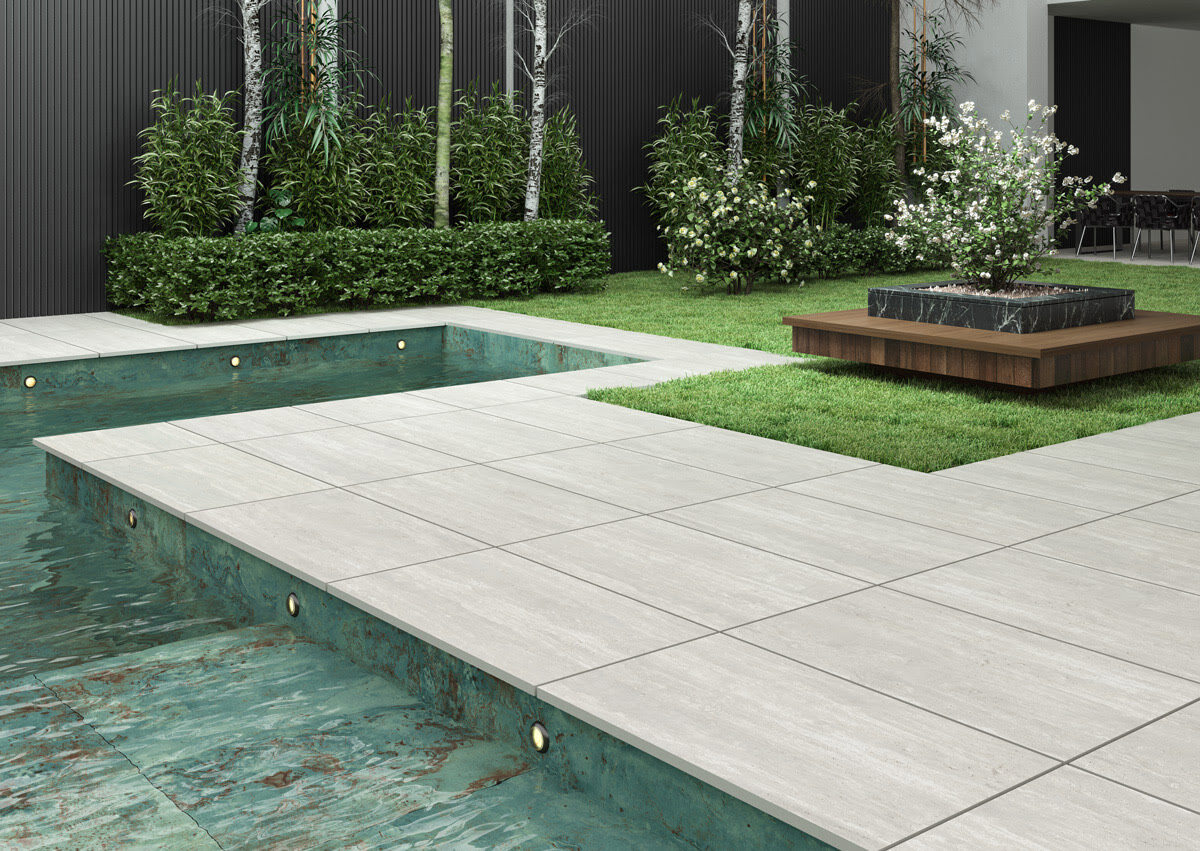
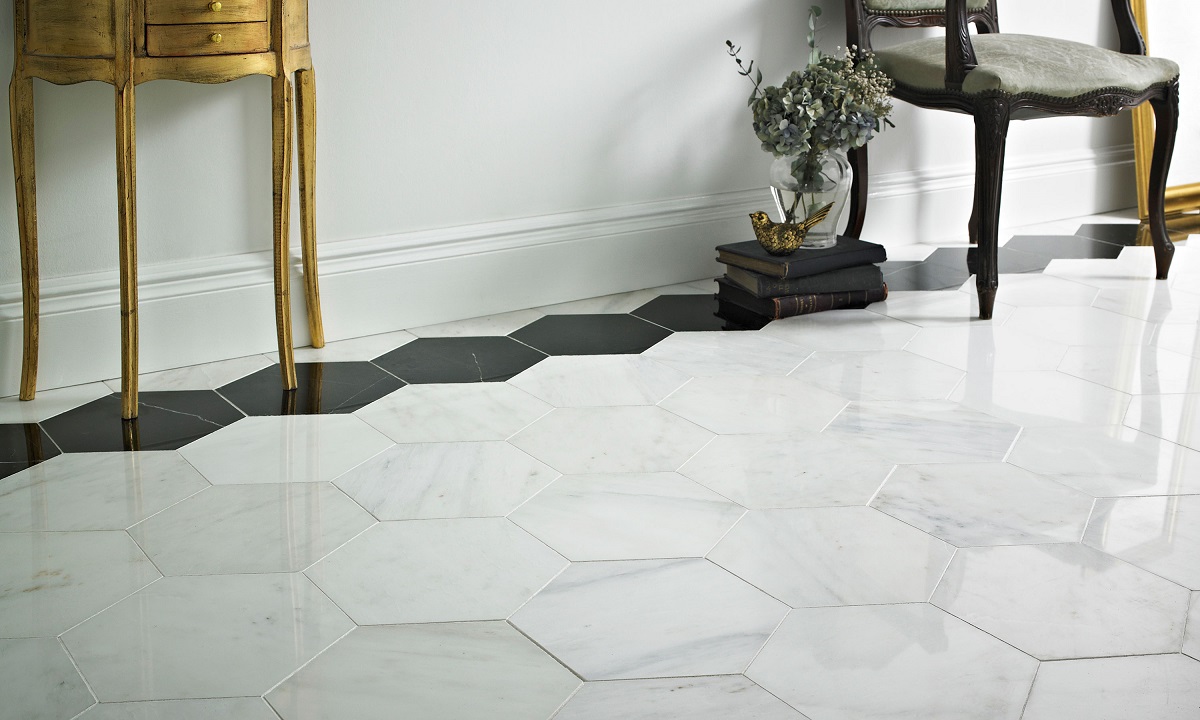
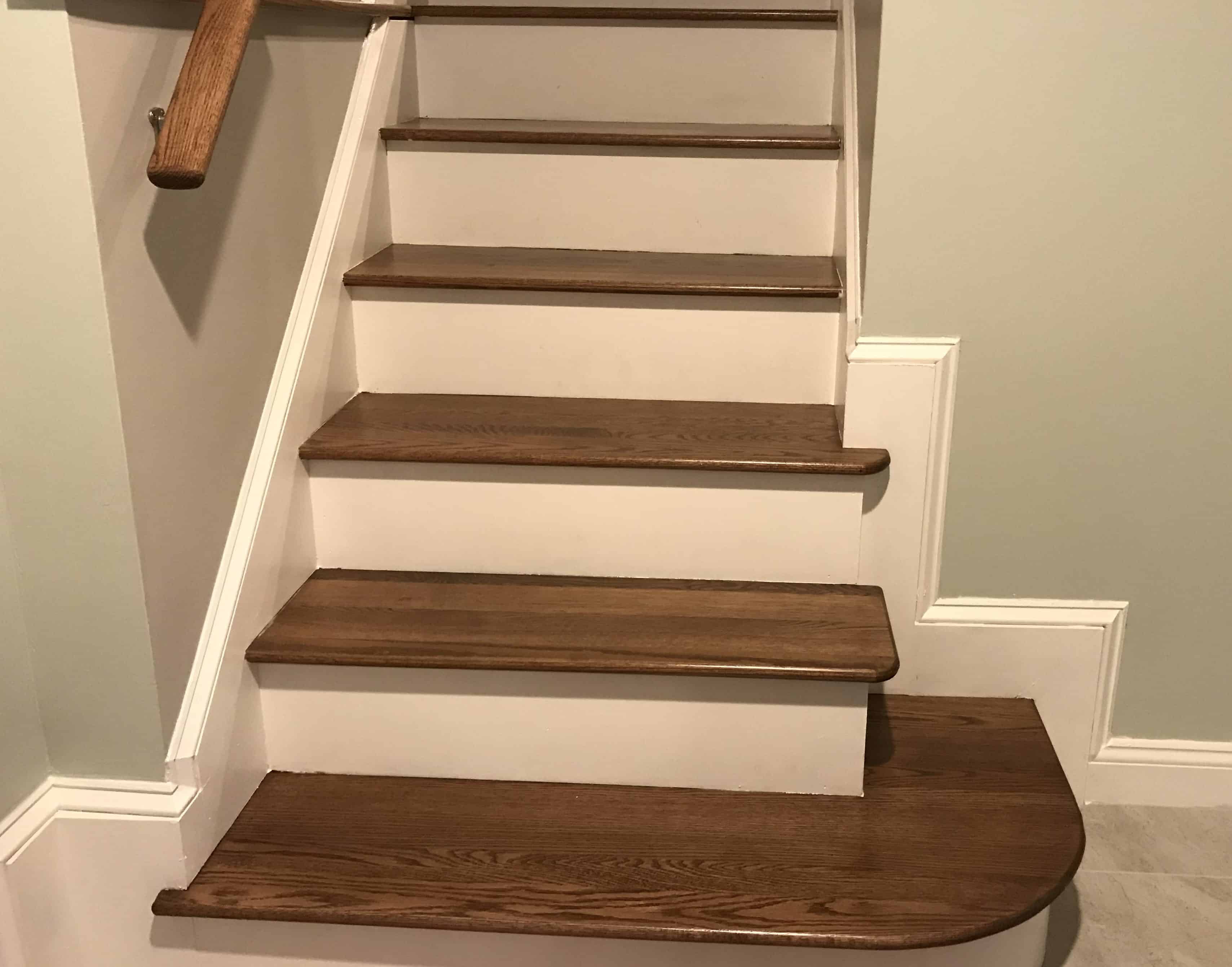
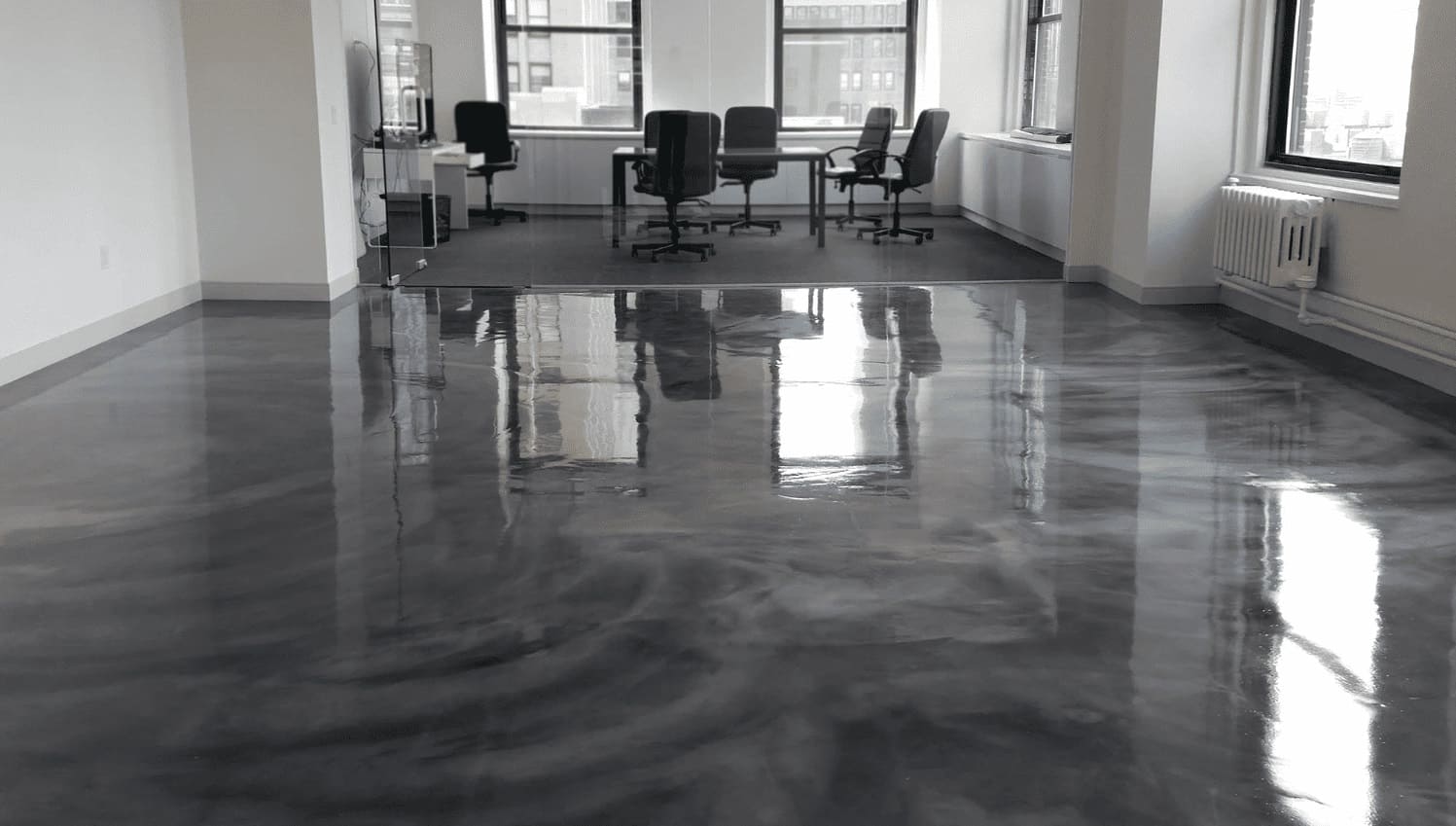
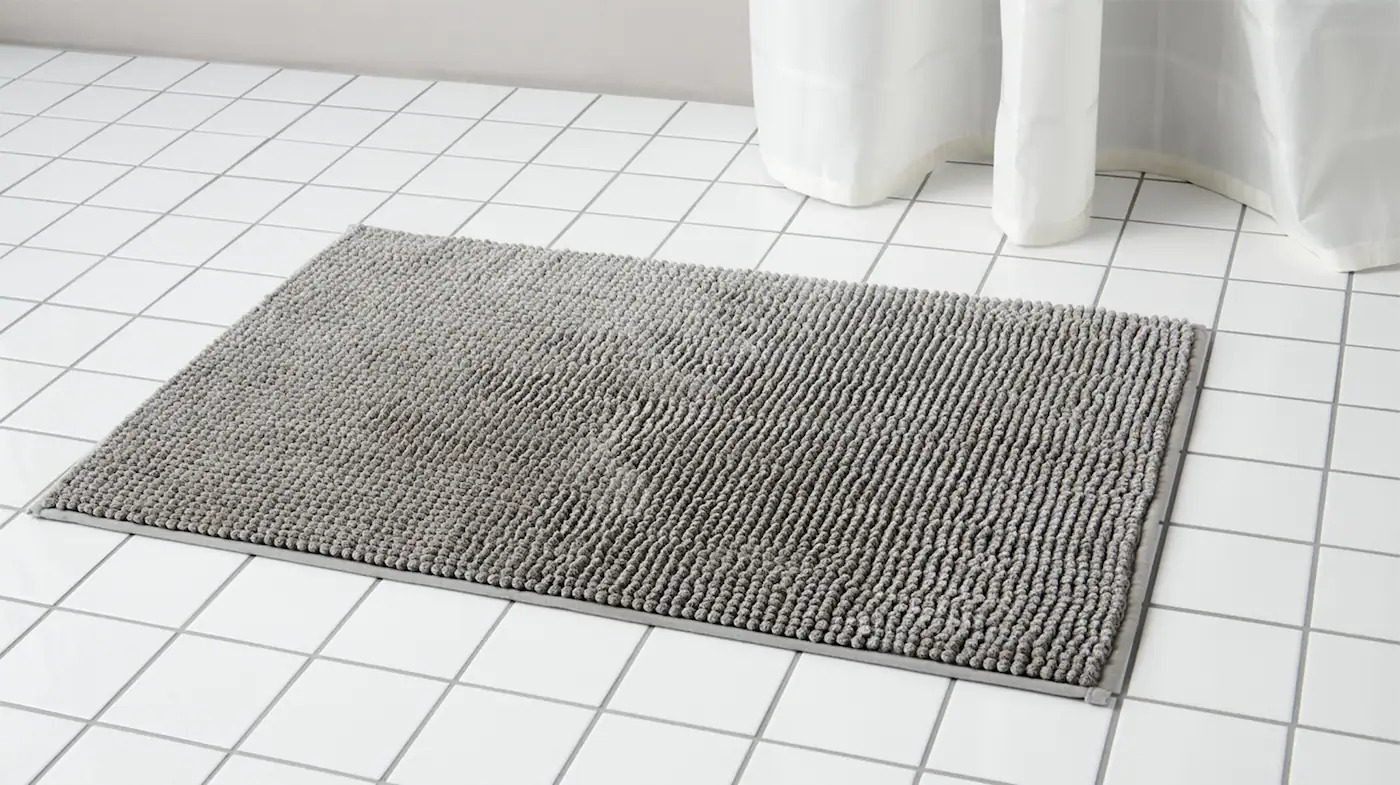
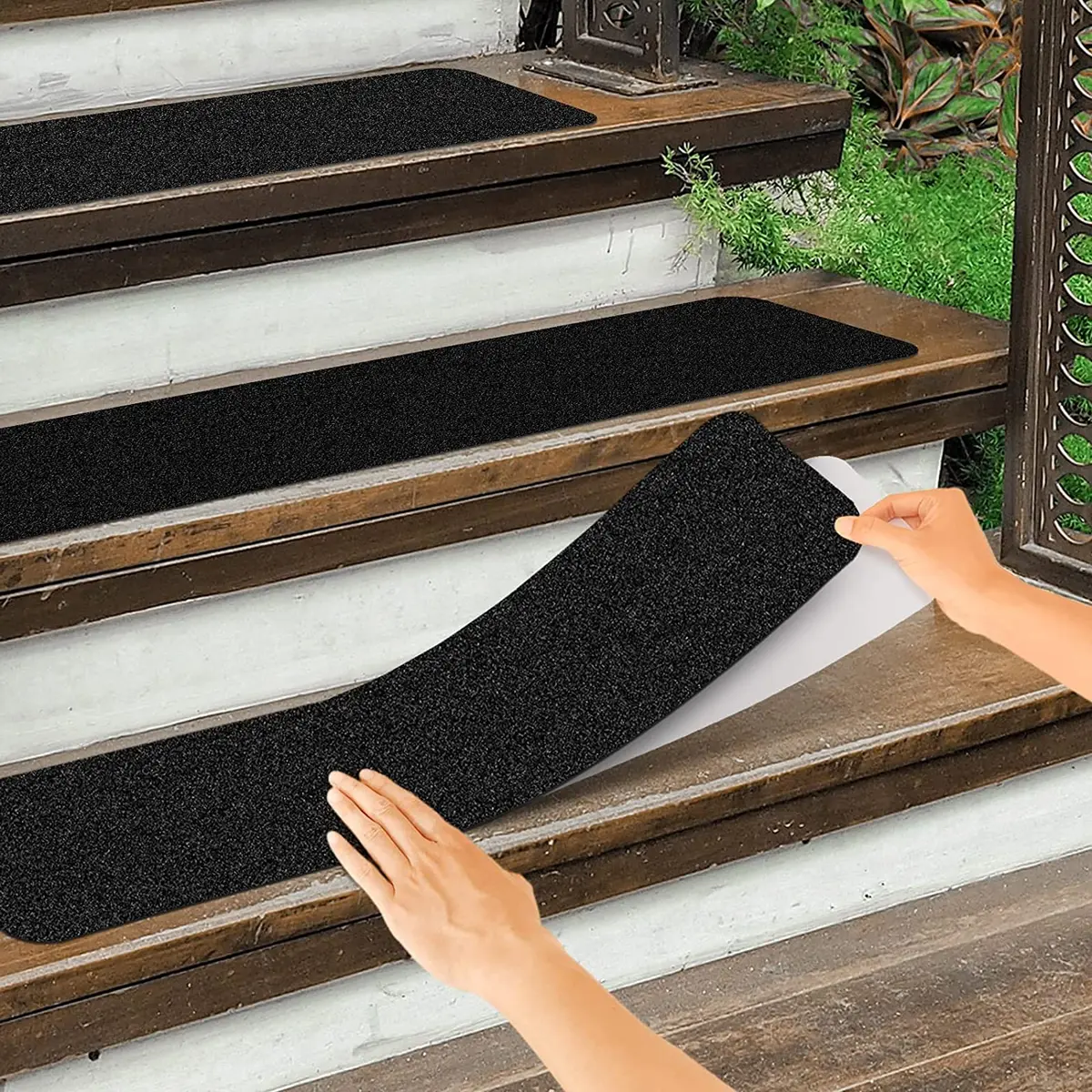
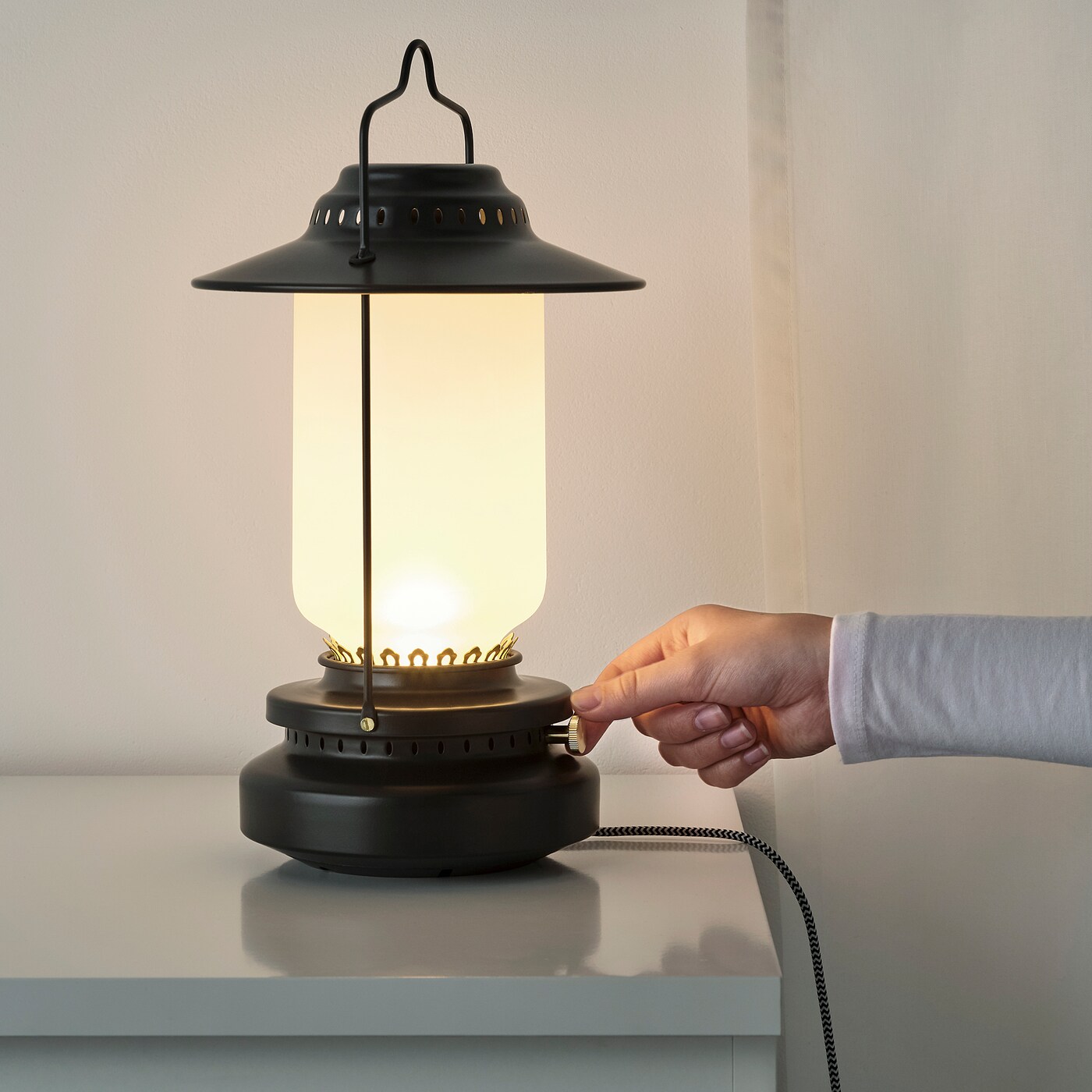
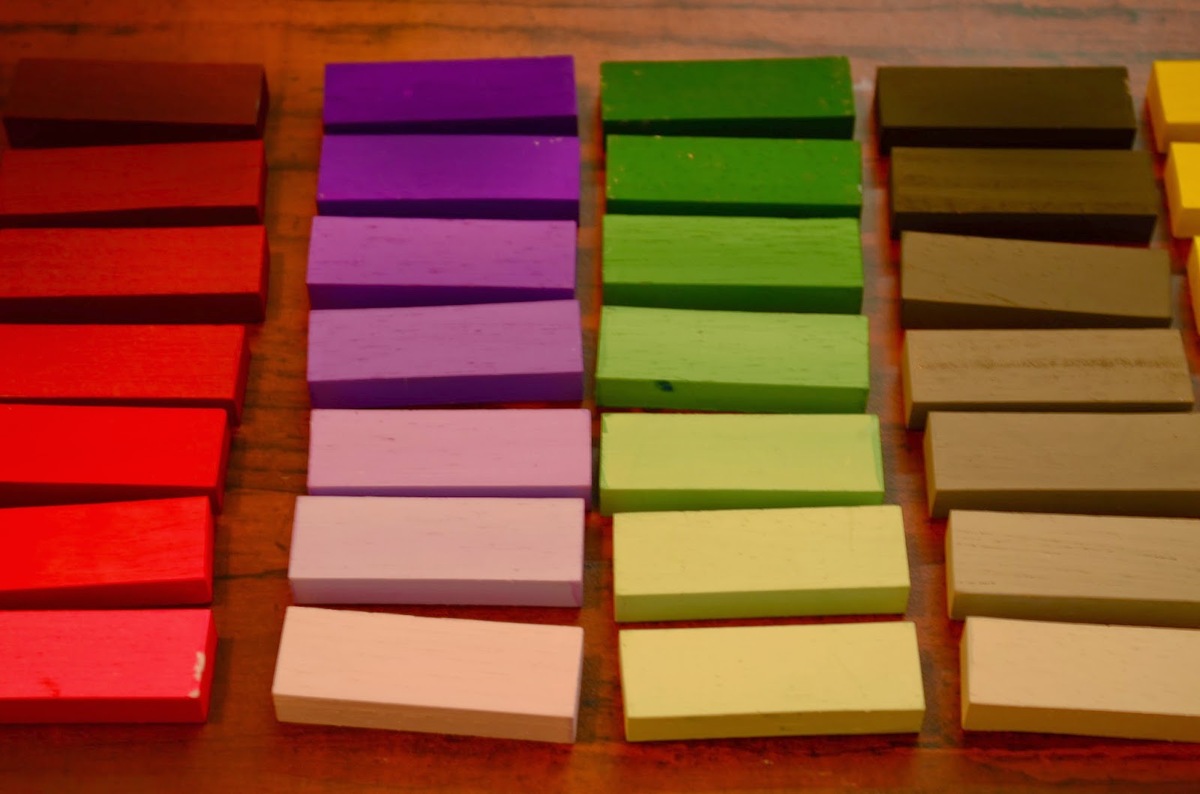

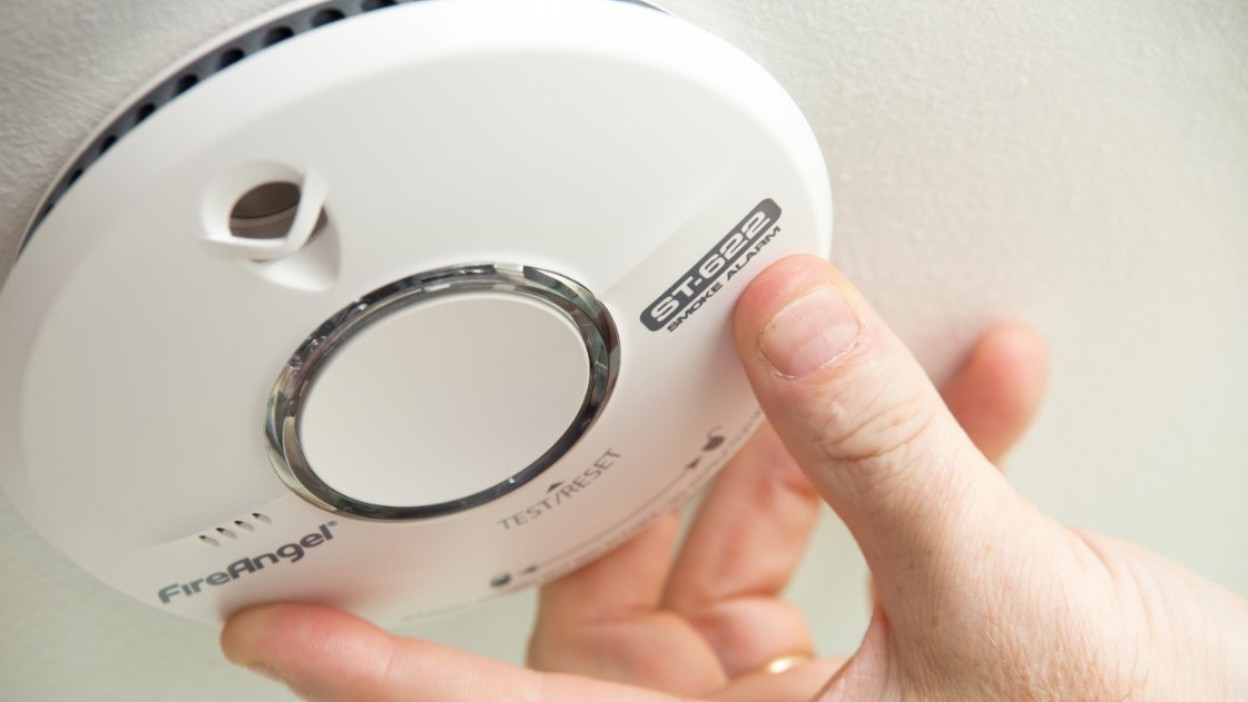

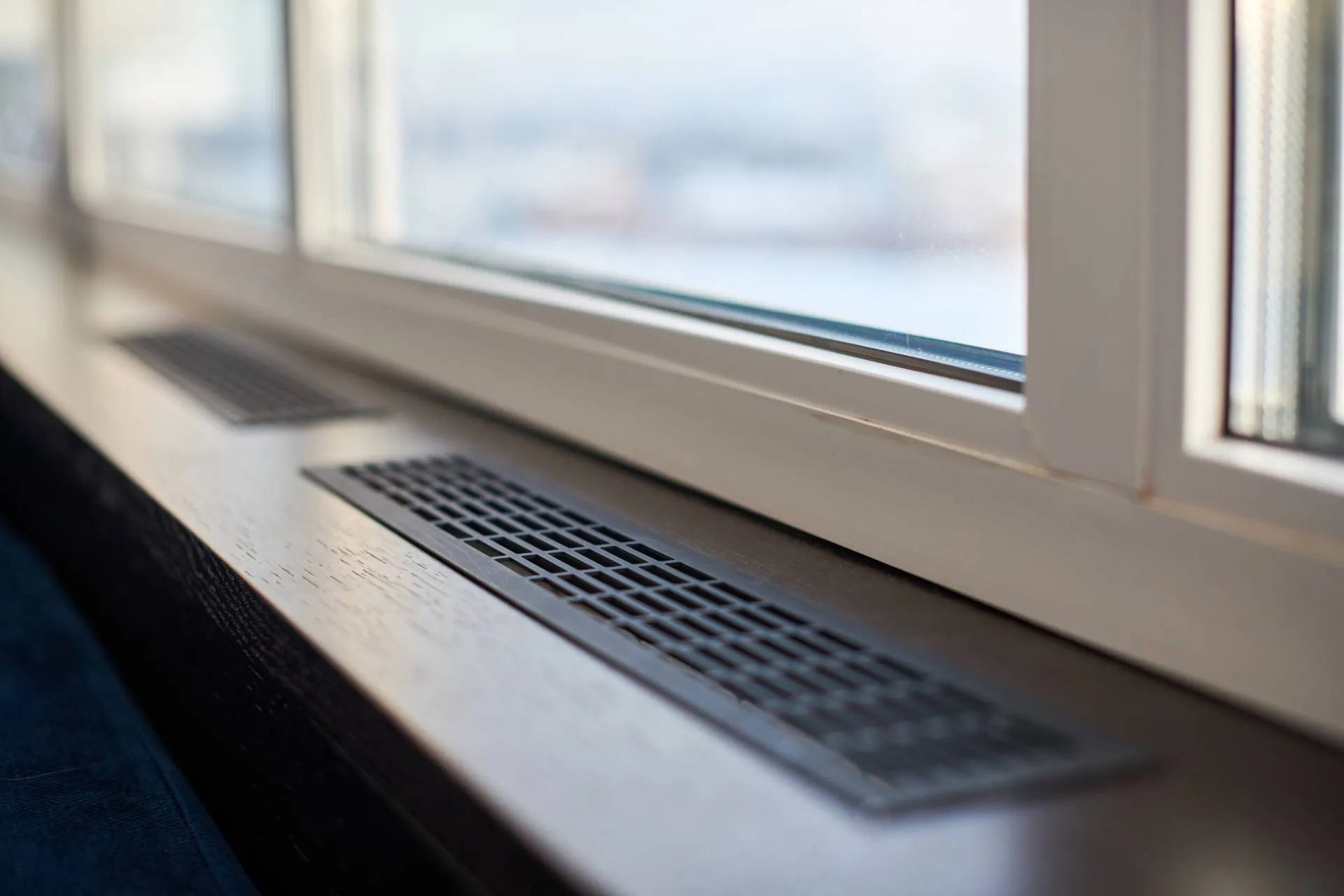
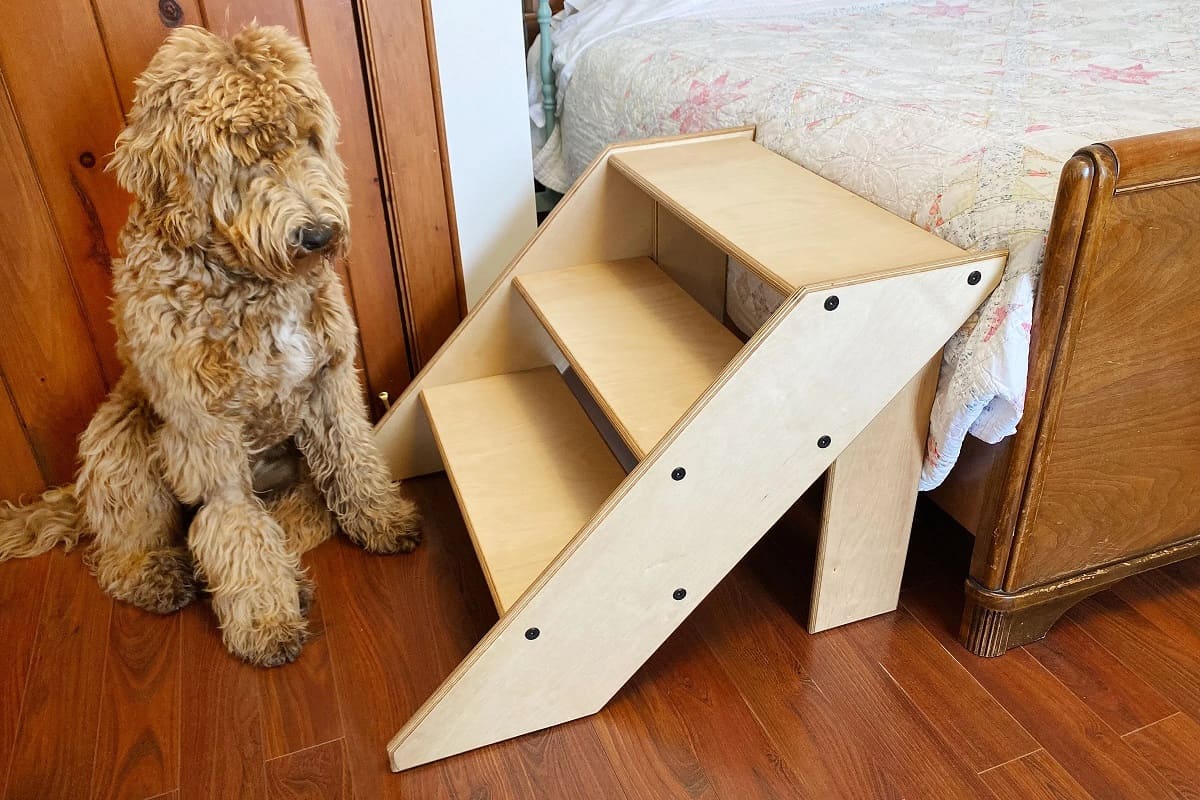
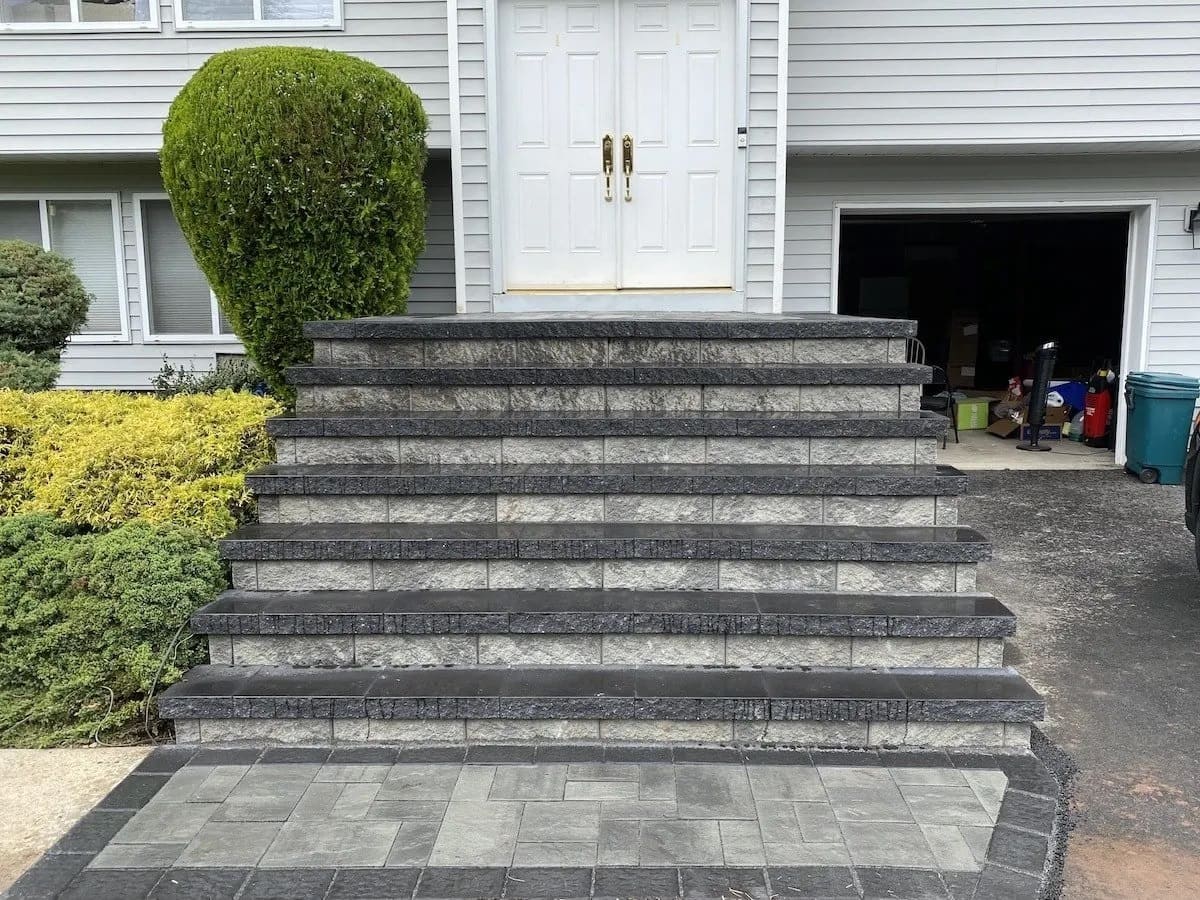

0 thoughts on “How To Make Outdoor Stairs Less Slippery”